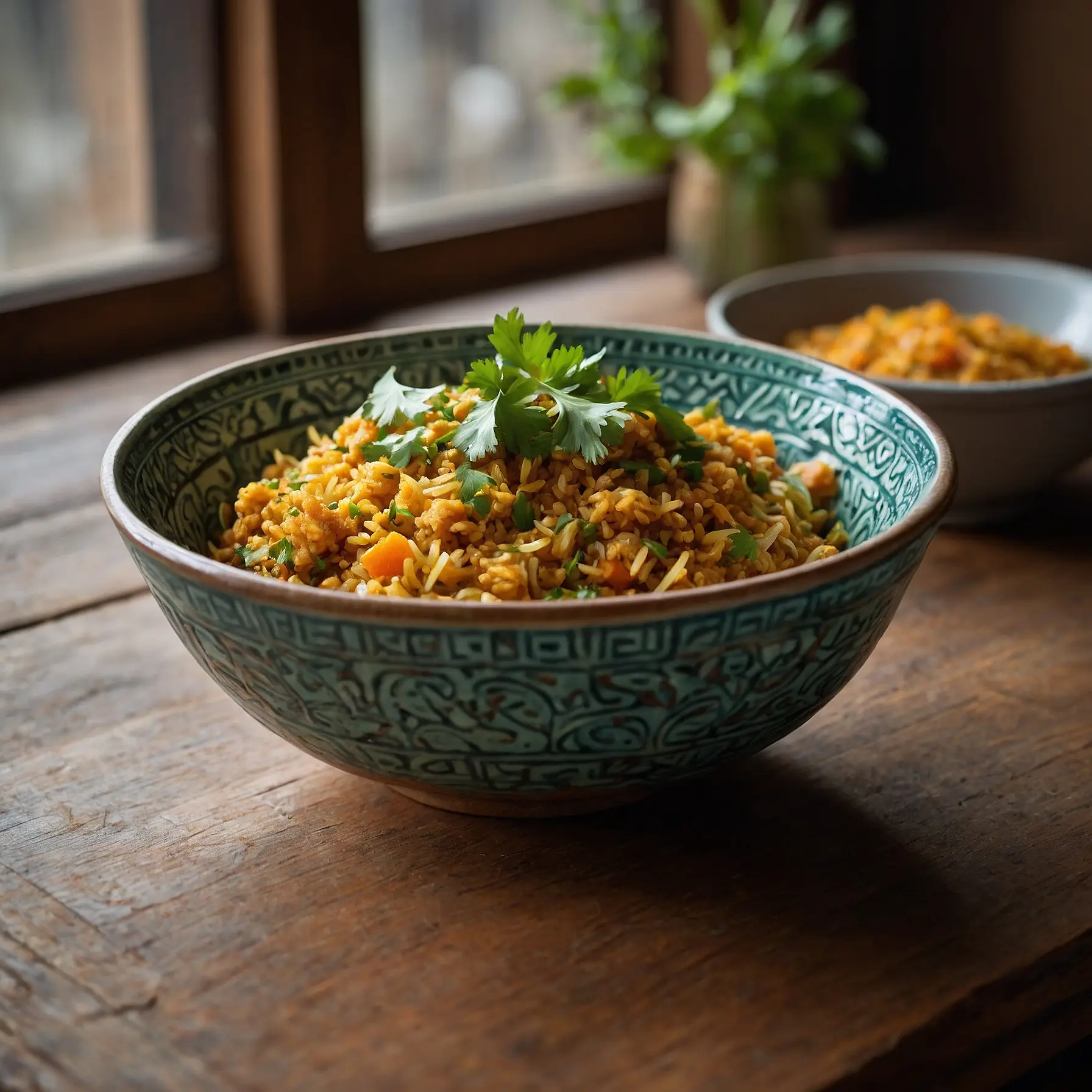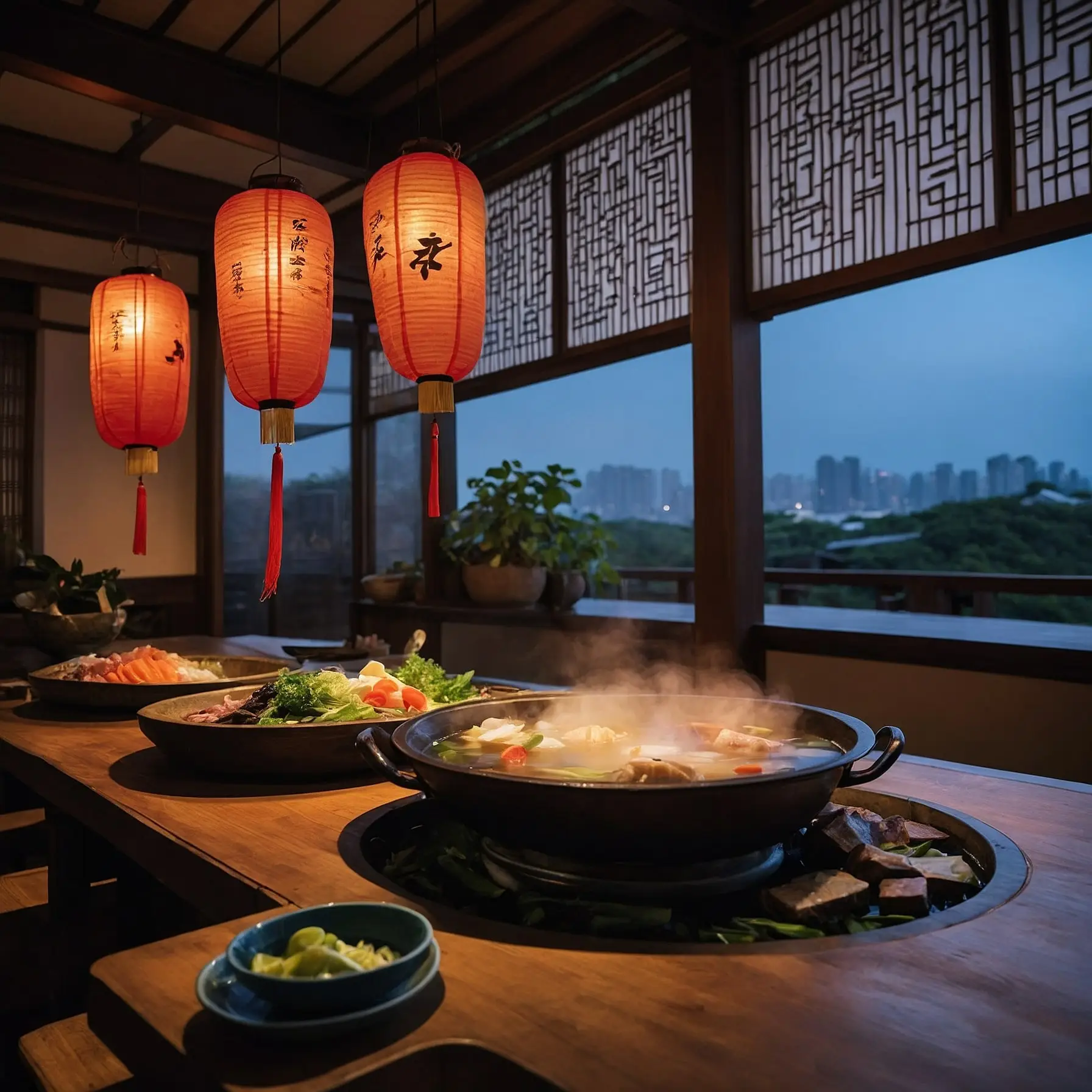This soup is a culinary serenade to your senses, a harmonious blend of umami-rich miso, tender noodles, and a medley of vibrant vegetables and proteins that come together in a symphony of flavors and textures. It’s more than just a meal; it’s an experience, a journey through taste that reflects the artistry and wisdom of Japanese cuisine, where every ingredient has its place and purpose.
A soul-aligned recipe to warm your inner light
A bowl of warmth when the world grows cold,
A whisper of stars in broth foretold.
Miso dreams and sacred steam—
Nourish the self, ignite the beam.
🧙♂️ Tarot Influence
The Star – Healing, clarity, calm
Temperance – Balance, blending energies
The High Priestess – Inner wisdom, intuition in cooking
🧂 Ingredients (2 soul-serving bowls)
- 4 cups filtered water (or light vegetable broth)
- 2 tablespoons white miso paste
- 1 tablespoon tamari (or low-sodium soy sauce)
- 1 teaspoon sesame oil
- 1 clove garlic, grated
- 1 teaspoon fresh ginger, grated
- 1 tablespoon mirin (optional, for subtle sweetness)
- 3 oz rice noodles (or soba for earthy depth)
- 1 small carrot, julienned
- 1 baby bok choy, halved
- 1/2 cup shiitake mushrooms, thinly sliced
- 1/2 cup cubed tofu (soft or firm, your choice of texture)
- Chopped scallions and sesame seeds, for garnish
- A sprinkle of chili flakes or shichimi togarashi (if desired)
- Optional: A few drops of lemon or yuzu juice to awaken the spirit
🧘♀️ Instructions
- Boil the Waters of Intention
In a pot, bring the filtered water to a gentle boil. Whisper your intentions over the steam—peace, healing, clarity. - Invoke the Aromatics
Add grated garlic, ginger, and sesame oil. Let them sizzle in the soul of the pot for 1 minute. This is your alchemical base. - Create the Elixir
Lower the heat. Stir in the miso paste and tamari. Do this slowly, clockwise, as if stirring stars into the cosmos. (Don’t let it boil now—preserve the miso’s living energy.) - Summon the Nourishment
Add mushrooms, carrots, bok choy, and tofu. Let them bathe and soften for 4–5 minutes, until they feel tender and humble. - Add the Noodles of Alignment
Gently place the noodles in the pot. Let them cook according to their nature (usually 3–4 minutes). Watch them unfurl—like your own unfolding clarity. - Balance and Bless
Taste. Adjust with mirin for sweetness or tamari for depth. Add citrus if your intuition calls for brightness. When all is in harmony, remove from heat. - Garnish with Grace
Ladle into sacred bowls. Sprinkle with scallions, sesame seeds, and chili flakes. If you wish, you may draw a symbol or sigil in the sesame.
🧘♂️ Affirmation or Haiku
Sacred broth whispers,
Balance flows through root and crown—
I am warmth and light.
The History and Cultural Significance
When discussing miso noodle soup, we are delving into centuries of tradition and a cornerstone of Japanese culinary culture. Miso is an ancient ingredient, a fermented soybean paste that dates back over a thousand years to the Nara period of Japan. It’s a staple that has stood the test of time, revered for its deep, savory flavor and nutritional benefits.
This soup is often found in humble homes and high-end restaurants alike, a testament to its versatility and beloved status. In Japan, miso soup is more than just a dish—it’s a ritual, a comforting companion to meals that warms the soul and fortifies the body. It’s often said that to truly understand the heart of Japanese cuisine, one must first appreciate the elegance and simplicity of a bowl of miso soup.
The Symphony of Ingredients
What sets this miso noodle soup apart is its symphonic arrangement of ingredients, each playing its own part in the orchestra of taste. At the heart of it all is the miso paste itself, which comes in various forms: white (shiromiso), red (akamiso), and mixed (awase). Each type brings its unique character to the broth, from the mild and sweet to the robust and pungent.
Noodles, the soul of the soup, can range from silky udon to delicate soba, each offering a different texture and mouthfeel. Your creativity can shine in the choice of protein—tender slices of tofu, succulent pieces of chicken, or luscious shrimp. Vegetables such as bok choy, mushrooms, and seaweed add layers of earthiness and umami, creating a balance of flavors that dance in your mouth.
The Art of Preparation
Crafting a bowl of miso noodle soup is an act of love, a dance that requires patience and mindfulness. It begins with preparing the dashi, a broth made from kombu (kelp) and bonito flakes, which provides the foundational umami flavor. This step is crucial; it’s the canvas upon which all other flavors are painted.
Once the dashi is ready, the miso is gently dissolved into the simmering broth, ensuring it retains its integrity and richness. This process is akin to coaxing the soul out of the miso, allowing it to meld seamlessly with the other ingredients. It’s important not to boil the miso, as high heat can destroy its delicate flavors and beneficial enzymes.
The noodles are then cooked separately to maintain their texture, a small but significant step that ensures they remain the stars of the show. As they are introduced to the broth, they absorb the flavors and become a cohesive part of the dish.
The Joy of Savoring
As you take your first sip, the warmth of the broth envelops you, a comforting embrace that soothes and satisfies. The noodles are a delight, each strand tender yet firm, delivering the perfect bite. The vegetables and proteins provide texture and variety, ensuring each spoonful is a new discovery.
Miso noodle soup is more than just a dish; it’s a celebration of simplicity and depth, a reminder of the beauty found in balancing flavors and textures. It’s a dish that invites you to slow down, savor each moment, and connect with the rich tapestry of Japanese culinary traditions. Whether you’re enjoying it alone on a quiet evening or sharing it with loved ones, this soup is a testament to the power of food to nourish both body and soul.

FAQs
Q: Can I substitute a different type of noodle in this recipe?
A: Absolutely! Feel free to use rice noodles, udon, or even soba noodles as a substitute. Just adjust the cooking time accordingly.
Q: How can I store the leftovers?
A: Leftovers can be stored in an airtight container in the refrigerator for up to 3 days. Reheat gently on the stove or in the microwave before serving.
Q: What can I serve alongside this miso noodle soup?
A: Consider serving it with a side of steamed edamame, a light cucumber salad, or a few pieces of vegetable tempura for a balanced meal.
Q: Is there a way to make this recipe vegetarian or vegan?
A: Yes, simply use vegetable broth instead of chicken broth and ensure your miso paste is vegan-friendly. You can also add tofu for extra protein.
Q: What’s the best way to enhance the flavor if I like it spicier?
A: To add a spicy kick, try incorporating a dash of chili oil, a sprinkle of red pepper flakes, or a spoonful of sriracha into the broth.
















